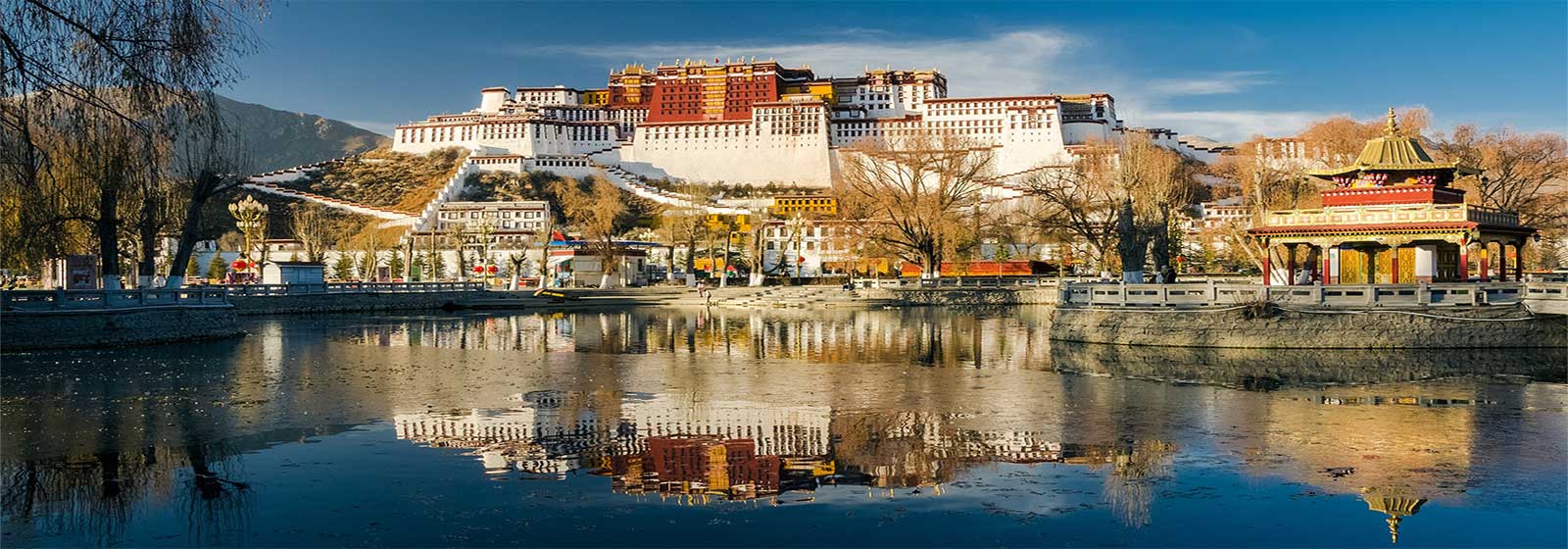
8 Days Mt.Everest
info@accesstibettour.com

6 Days Namtso Lake
info@accesstibettour.com

Overland to Kathmandu
info@accesstibettour.com

4 Days Lhasa
info@accesstibettour.com

6 Days Gyantse Shigatse With Yamdrok Lake
info@accesstibettour.com
About High Altitude Illness
Adverse reactions to the high altitudes of Tibet are one of the biggest challenges in traveling there. However, if you are properly informed and prepared, high altitude should not be an obstacle to safe and comfortable travel.
- High Altitude: 1500 - 3500 m (5000 - 11500 ft)
- Very High Altitude: 3500 - 5500 m (11500 - 18000 ft)
- Extreme Altitude: above 5500 m
When acclimatization lags significantly behind ascent, various symptoms occur. Acute Mountain Sickness (AMS) represents the body's intolerance of the hypoxic (low oxygen) environment at high elevations.
- Hyperventilation (fast breathing)
- Shortness of breath during exertion
- Increased urination
- Altered breathing patterns at night
- Frequent nighttime awakening
- Strange dreams
Place |
Altitude
|
Place |
Altitude |
Lhasa |
3658 m 12001 ft |
Nyingchi
|
3000 m 9843 ft |
Nagqu |
4507 m 14787 ft |
Tsedang
|
3500 m 11483 ft |
Qamdo |
3205 m 10515 ft |
Xigatse
|
3836 m 12585 ft |
Damshung
|
4200 m 13780 ft |
Gyangtse
|
4040 m 13255 ft |
Pome |
2750 m 9022 ft |
Tingri |
4300 m 14108 ft |
Amdo |
4800 m 15748 ft |
Zayui |
2325 m 7628 ft |
- Do exercise to improve your fitness before coming to Tibet.
- Try to avoid catching a cold (frequent hand-washing, etc.).
- Make sure to get a good night's sleep the night before flying to Lhasa.
- Avoid strenuous activity during your first day in Tibet.
- When arriving in the airport in Lhasa, walk slowly, take deep breaths. Take time to acclimatize.
- Ascend to higher altitudes gradually. DO NOT ASCEND ANY HIGHER if you begin feeling ill.
- Prepare AMS medication, in accordance with a doctor's advice.
- Outdoor
Action Guide to High Altitude: Acclimatization and Illnesses
- All
About Altitude Illness
- The
High Altitude Medicine Guide